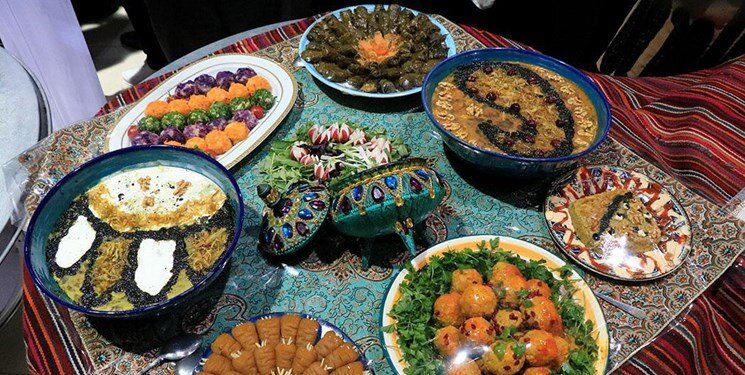Sassanid fortress to host national food festival

TEHRAN- Qale Falak-ol-Aflak, which is a Sassanid era (224–651) fortress located in Khorramabad, the capital of western Lorestan province, is planned to host a national food festival, the provincial tourism chief has said.
The festival is designed to develop and promote event-based tourism while preserving local customs, traditions, and empowering the local communities in Lorestan and Khorramabad, Ata Hassanpur explained on Tuesday.
He also emphasized that the festival's key aspects include the mastery of cooking traditional and local dishes, the exhibition of handicraft products, as well as the celebration of local customs and traditions.
The national food festival will be held from January 24 to February 2.
Iranian cuisine, usually dominated by fragrant herbs, varies from region to region. It principally accentuates freshness, deliciousness, and colorfulness.
Experts say that food is not merely an organic product with biochemical compositions. However, for members of each community, food is defined as a cultural element.
No Persian meal is complete without an abundance of herbs. Every table is usually set with sabzi khordan, a basket of fresh herbs, radishes, and scallions, which are eaten raw and by the handful. Persian cuisine is, above all, about balance — of tastes and flavors, textures and temperatures.
The unmissable eight-towered Falak-ol-Aflak Castle dominates the city as one of the most visited travel destinations in the region for both domestic and foreign sightseers.
The fortress dates from the Sassanid era (224–651). It seems particularly imposing and dramatic when floodlit at night, offering picturesque views of its encircling crenelated battlements.
The Sassanid era is of very high importance in Iranian history, under which Persian art and architecture experienced a general renaissance.
Soaked in history and culture, Lorestan is one of the lesser-known travel destinations in Iran, which mainly acts as a gateway to the sweltering plains below in adjoining Khuzestan province. Lorestan is also a region of raw beauty that an avid nature lover could spend weeks exploring.
The region was inhabited by Iranian Indo-European peoples, including the Medes, c. 1000 BC. Cimmerians and Scythians intermittently ruled the region from about 700 to 625 BC.
Lorestan was incorporated into the growing Achaemenid Empire in about 540 BC and successively was part of the Seleucid, Parthian, and Sassanid dynasties.
SAB/
